About today's Zoo
The Asahiyama Zoo is no exception to the corona outbreak.
Due to the corona infection control measures, most of the popular activities such as the "Mogumogu Time" have been cancelled.
However, that also means that visitors can spend their time freely without being restricted by the activities hours.
The park is also quieter due to the pandemic, fewer visitors are coming to the zoological park. But this also means that there are fewer queues and waiting times than before.
It may sound cynical, but if you want to take your time to enjoy the park, now is the time to do it.
In this first part, we will focus on the zoo's indoor enclosures recommended by our author, Kota.
The Spider Monkey & Capybara Building
■Like an outdoor habitat!
In this building, black-handed spider monkeys and capybaras live together. Both are vulnerable to the cold, this is why they spend the winter months indoors.

As our writer went to the place shown on the map, he walked past some visitors saying "there aren’t any monkeys here” even if it’s clearly written on the map that you can see monkeys here. And, if you look closely on both sides of the building, there is an entrance pointing that you can see the spider monkey's indoor habitat here.
First, turn left and you'll see a spider monkey !

When you open the door, you can see the spider monkey's habitat through the glass.


Here you can see the spider monkeys from much closer than when you are in their outdoor habitat.
It's a little cramped, but you can see the spider monkey moving around with its tail, its fifth limb.


But sometimes, you can’t see any monkey.

But if you take a closer look, you will notice two crouching spider monkeys on the left.

It looks like they are resting.
Well, there are days like this !
And where are the capybaras?
This time, it's on the right side, on the opposite side of the building.

The logo of the capybara exhibits is super cute.
When you open the door, you will find the capybara lovers' dream world !

Oh! Here they are!
Right on the other side of the glass.
As the spider monkeys, capybaras can be seen from very close during winter.
This is not to be missed !

Look at this !
Even though the capybara is technically a mouse, its feet are webbed.
If you are traveling with children, this is an interesting thing to teach them.
By the way, capybaras are the biggest type of mouse on Earth!


In this quiet hall, you can become free of any problem you had until now by watching these peaceful animals.
The orang-utan habitat
■A carefree and peaceful life

The messy-looking enclosure on your left is the "Orangutan House". This habitat is only used in the summer, so there is nothing to see here for the moment.
In winter, please visit the square building named “Orangutan Museum" on your right.


The picture on the top of this text is the orangutan's enclosure. The ceiling is quite high to recreate the Borneo forest's tall trees, where orangutans live.
By the way, where are the orangutans ?
"If you don't put out animals, don't open the habitat !!" is what an angry visitor shouted to the security guard near our reporter. Well, we doubt that the security guard was at fault in this matter...

The male orangutan named Jack is resting just over there.
If it is your first time here, we have to admit that the animal may be a bit difficult to spot, so be careful to not overlook it.

Jack is silently eating something.
It looks like he doesn’t want to show his face today.
Well, everyone have days like this !
If you come back another day you may see Jack under a new light.

The ape on the left is Morito (male/13 years old) and the one on the right is his sister Moka (6 years old).

Morito, the big brother.

His little sister, Moka
These two close siblings are the children of the previously mentioned Jack. The mother, by the way, went to heaven a few years ago.
Male orangutans do not raise their children, so the three of them can’t be put in the same enclosure.
This is why Jack and his children are in a different habitat.
By the way, orangutans are apes, not monkeys. In Japanese the way they are counted are the same as humans.
One monkey = saru ippiki
One orangutan = orang-utan hitori
Someone/being alone (one human) = hitori
Translator notes: after doing some research on the net about the zoo, I discovered that the mother of Moka and Morito died from illness quite early.
Since Moka was still young and dependent on her mother, the zoo staff decided to put Moka in the same enclosure as his brother, Morito. Gentle and carrying, Morito is raising and teaching his little sister a lot of things.
The Gibbon habitat
■They're full of energy!

The Gibbon habitat is located next to the Orangutan Habitat mentioned above.
In the summer, you can see the white-handed gibbons brachiating (hanging by their arms and moving from branch to branch) at a height of 14 metres, but in the winter they stay indoors because they don't like the cold.
The entrance is on the right side of the building.

Inside the building, there is the glass-made white-handed gibbon’s room.
It is easier to see them like this, without fences or nets.

The gibbons move around the room by hanging from the fence on the ceiling.
They are jumping around with such agility that it's quite difficult to take their picture.
By the way, the viewpoint is really narrow and you might wait for your turn to see the gibbons.
Until...

An annoying visitor
When our writer entered the gibbon’s building, there were five or six other visitors, and they were all observing the monkeys peacefully, turn by turn while keeping their distance from the glass.
The noisy man seemed to be very familiar with Asahiyama Zoo, and was shouting out the name of the gibbon, and trying to attract the attention of the monkeys by showing them something on his bag through the glass.
In the zoo, the later behaviour is especially prohibited because the animals might get stressed.
And if you want to get close to the glass, you should at least lower your posture or say something to the other visitor before standing right in front of them.

Well, the monkeys don’t care if some humans try to show their dominance or want to impress the animals.
Humans may think that they are teasing the animals, but in fact it is the humans who are being teased and played with.
The Hippopotamus Pavillon
■A facility complex with much to see and do

This is a relatively new facility in the zoo.
Of course, you can see hippopotamuses from the outdoor enclosure, but the most interesting part is indoors.
Here, you can watch the hippos swim in their pool from various angles. Warthogs and ostriches indoor habitats are also in this facility.
The basement of the facility is connected to the adjacent giraffe house, and we must say that giraffes are pretty impressive!
Let's follow the recommended path.

First, the entrance.
Don't just walk right past it!
On the right side of the building, there is a window that looks out onto the outdoor habitat.
From here you can watch the hippos outside from only a few dozen centimetres away (if the hippo are there).

You can clearly see the texture of their skin. And this presence ! It’s impressive.
It's a must-see for children, who will surely be amazed by the roughness of the skin and how close you can see those river-horses.
A little further on, the pool spreads out.
In the Hippo Pavilion, a family of 3 hippopotamus are living: daddy Momokichi, mommy Asako, and Nagiko, a baby girl born in January.
Nagiko is still very young and always sticks her mother.
When Momokichi is outdoors, Nagiko and her mother are indoors.
On the other hand, if they are outdoors, the father will be indoors. The staff makes sure that the hippos are taking their turn to be outside.


The hippopotamus are swimming slowly. They seem to be really relaxed !
The pool (actually it’s a big aquarium) is so deep that you can see the inside of it through the glass from the basement.
Passing by the pool, our writer follows the stairs down to the basement. This is the best part of this complex !

The basement is designed to allow the visitors to observe the aquatic animals from various angles.
The round thing on the left wall is actually an observation window.
Oh and, the hippopotamus are also swimming above your heads!
Wait, earlier, on the ground floor (first floor) is above us, we could see the surface of the water but now we are inside the pool and able to see hippo swimming above us. Just what kind of magic did they use to make this building ?
Your writer, who is not very bright, wasn’t able to understand the three-dimensional structure of this hippopotamus building.
(He said it himself! Your translator wouldn't insult the original poster of this article).

There's a window above your head too !

The hippopotamuses may look like a docile animal, but it is actually a fierce beast. In the water, they are really energetic and show us a glimpse of their wild side.
Hippopotamuses have good eyes and great reflexes, they are unimaginably agile and quick to react.
I suppose there is no need to tell you that their jaw is extremely strong too.


The picture has been taken from a big, square window.
Underwater, there is a round observation window on the left.
If you were to look through it, you would be at the same eye level as the hippo.
The funniest thing about this place was looking for the hippos. But be careful, It's easy to lose the track of time with this game !

The thing falling and dancing like snow in the water is actually hippo dung.
Hippopotamuses have a tendency to scatter their excrements to mark their territory, so this is what they do in the water.
But don't worry, it doesn't smell.
■The Hippo building's Giraffes

Arrow going to the left: warthogs, ostriches, exit
Arrow going to the right: giraffes, observation terrace
Let's go back from where we took the stairs down, to the exhibition space in the basement.
The round thing on the left is the previously mentioned observation window. The exit is at the end of the path. In front of it, there is an indoor exhibition of warthogs and ostriches (they stay indoors because it's too cold for them in winter).
Oh, and don't rush to the exit yet. The right side is also interesting.

Ooh! A giraffe is looking down at us!
If you like large animals, you will love this observation terrace.
The giraffe's food is placed here, just above us. There is a high probability to meet the eyes of the giraffe if you are watching from here.

This is what it looks like from the outside.
It's a really clever trick.
Inside, one of the visitors really seemed to enjoy his visit. In awe, he even said: “Wooooow! Giraffes are so big!”
It’s a good thing, not like the previously mentioned annoying person.

As you can see from the pictures, the giraffes are really big.
The female giraffe is currently raising her baby away from the public's eyes, so we may be able to see the baby giraffes in summer.
After enjoying the giraffes, our reporter started to walk towards the exit to return to the recommended route, when.... On his right...

“Disgusting things”... But, why suddenly ⁉
Oh! We got it, it's the African connection between giraffes and hippopotamuses, isn't it?
A lot of amazing insects are displayed.
But since our reporter can’t upload pictures on asatan because it would be tagged as “viewer discretion advised”, and since we want this article to reach as many people as possible, we will not post any scary insect here.
Well, let’s go to the next exhibit then !
■Warthogs and ostriches.

This is the last part of the recommended route.
We go to the warthog and ostrich indoor area.

-Ostriches on the left
-Warthogs on the right
-The yellowish orange arrow pointing in the ostriches direction is the exit
The warthog is one of our writer’s favourite animals.
But, what ⁉

“Our Warthog Dunia died of heart failure the 2021, 2, 23.”
It was just the other day!
Actually, there was an outbreak of bird flu in Asahikawa at the beginning of February. To limit the spread of the infection, this area of the zoo was closed until the second half of February. Our reporter went to the zoo during that time and was sad to not be able meet Dunia. He had no idea that such a terrible thing would happen.
Asahiyama Zoo is a zoo that remind us how fragile and precious life is.
The zoo does not try hide the death of animals but inform their visitors instead.

Above, you have a picture of Dunia on her knees, innocently eating her food (taken in late January).
Below is you also have a picture of Dunia. It was taken last year, in her outdoor enclosure, when she was still energetic and powerful.
It's a pity we couldn't introduce you this lovely fellow.
May she rest in peace.

And now, the last part of the Hippo Pavilion.
Here is the ostriches indoor habitat !

Oh! They’re outside at the moment.
Spring is also coming here. Slowly be surely. On sunny days they let the animals out to let them roam around freely.
Well, let’s meet them outside then !
Oh and don’t forget to take a look at the exhibited eggs.


In the open field, the ostriches were enjoying themselves. They were wandering through the snow while looking at the white scenery.
And that marks the end of our Hippo Pavilion guide.
You can't enter the Hippo Pavilion from the exit (of course), it's a one-way road from the entrance, so once you enter, you will have to observe the ostriches whether you want to or not.
Since it’s a long pathway, if you don’t have time or have to go back to the parking within 5 minutes, you may want to avoid this place.
The Children's Farm

A children's farm is often thought of as an "outside" farm, but here, there are indoor exhibits here too. It is right there, in the idyllic building next to the outdoor goat farm.
Here you will find various fluffy creatures waiting for you.


Our writer opened the creaky door and went inside the cowshed-like building. As soon as you’re inside you will hear squeaking and rustling, and you will see a lot of cows, rabbits and guinea pigs.

Domestic Rabbits



Usually there is a popular event targeting children where you can hold a rabbit on your lap and stroke it, but this year it was cancelled due to the CoVid-19.
The building is well heated, and looking at the cute little animals warm up the heart too.
The other indoor exhibits
■The amphibians and reptilians house

Here, snakes, turtles, frogs and salamanders are exhibited.
(Don't get your hopes up though, there are no giant anacondas or anything like that.
It’s an exhibition building aimed to get people interested and more knowledgeable about the everyday animals surrounding us.

Many elementary school boys were excited and let their about how much they want to see snake at their not-that-thrilled mother. Boys sure love snakes !
But since some people may don’t like reptiles, our writer refrained from taking close-up pictures.
■The Chimpanzee Pavilion
During the winter, the “Chimpanzee's Forest" outdoor habitat is closed, thus the Chimpanzee exhibit is only observable indoors.

The chimpanzees' daily life can be observed through the glass-fenced indoor area, which is very interesting.

There are two families of chimpanzees in the zoo, and they are shown in their habitat alternately.
It is interesting to see how the family lives together.


The indoor habitat has been designed to allow the visitors to see the animals from various angles.
Miscellaneous
The penguin and polar bear habitat also have an indoor facility, but rather than being indoor habitats, they are actually outdoor habitats visible from an indoor building. This type of exhibit will be featured in another article on outdoor habitats!
SPOT DATA
■About the opening hours
Please note that the park opening hours are shorter in winter than in summer.
Winter business hours:
Until 7 April 2021 (Wed)
10.30am - 3.30pm (last entry at 3.00pm)
The park will be closed from Thursday 8 April to Wednesday 28 April 2021.
Summer business hours in 2021:
Thursday 29 April to Friday 15 October 2021
9.30 am - 5.15pm (last entry at 4.00pm)
Saturday 16 October 2021 - Wednesday 3 November 2021
9.30 am - 4.30 pm (last admission 4.00 pm)
SPOT DATA
Asahikawa, Asahiyama Zoo
Kuranuma, Higashi Asahikawa-cho, Asahikawa-shi,
078-8205 Japan
Tel : 0166-36-1104
Translated from Kota's article.
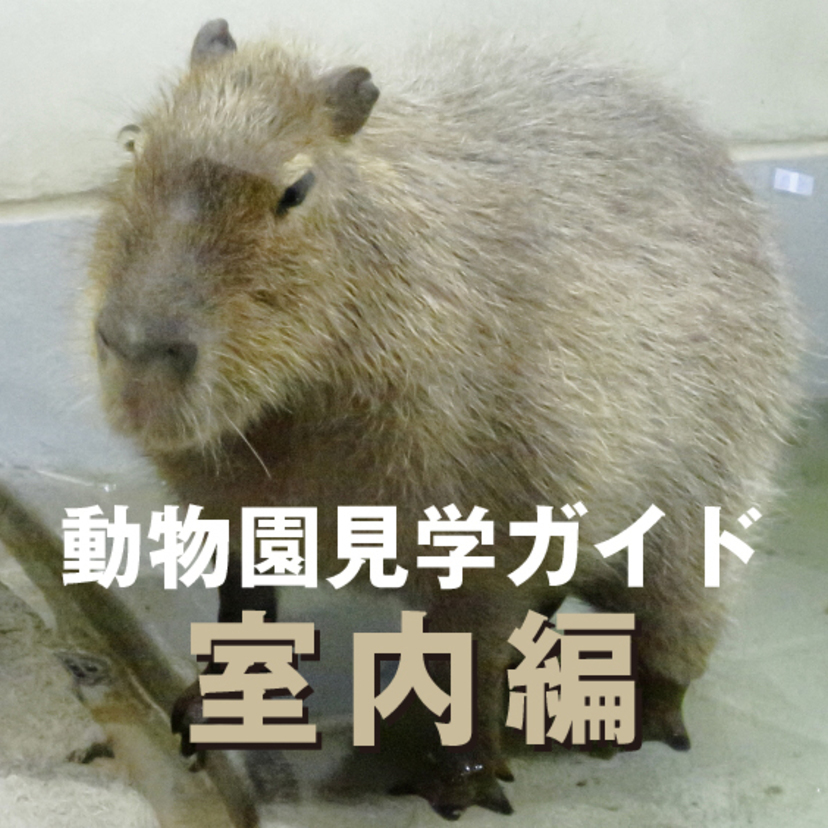
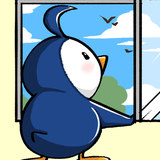




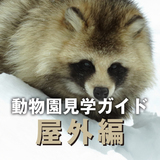














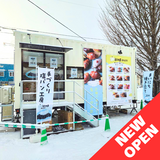


.JPG)




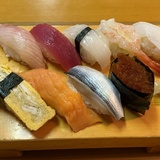









.jpg)


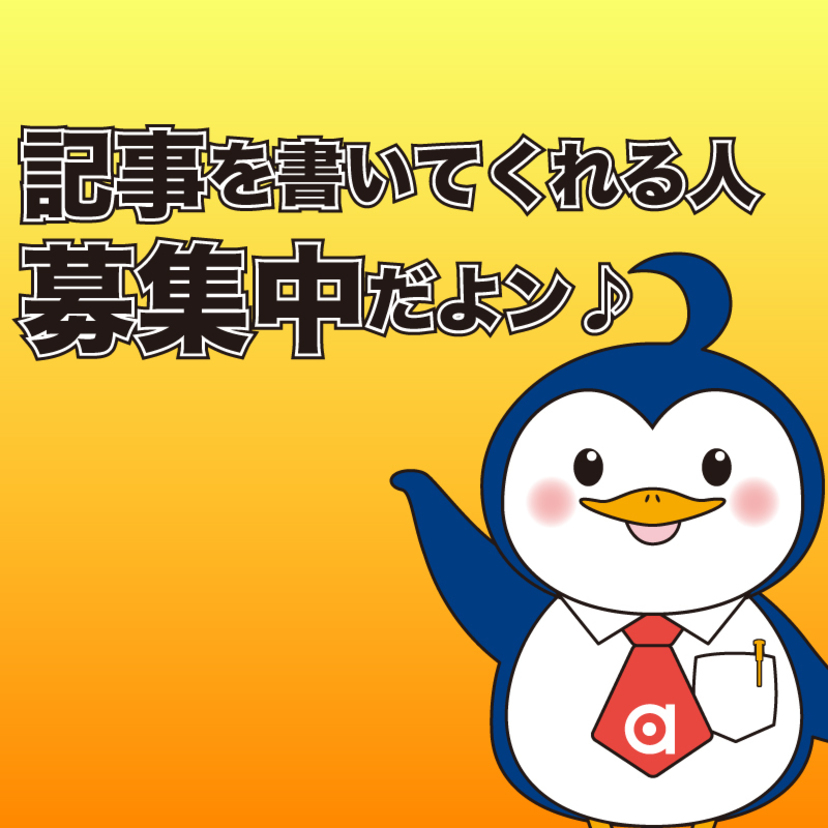


Hello there!
I am in charge of translating in english some of asatan's articles.
I'm from France and I have been living in Hokkaido for 6 years.
Things I like : drawing, pokemon, online games,
Things I don't like : melon, lags, waking up in the morning